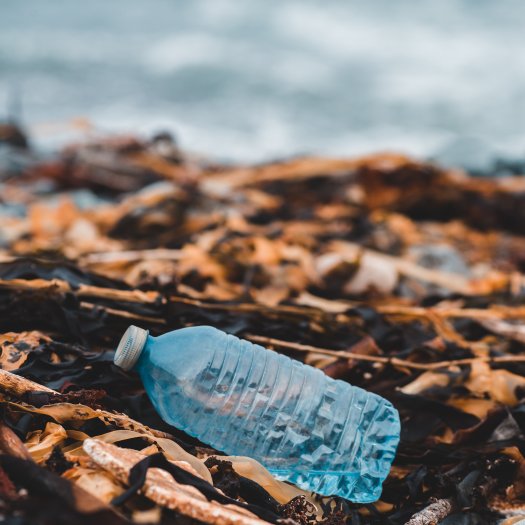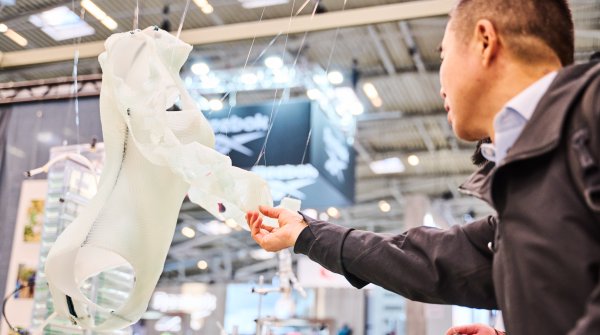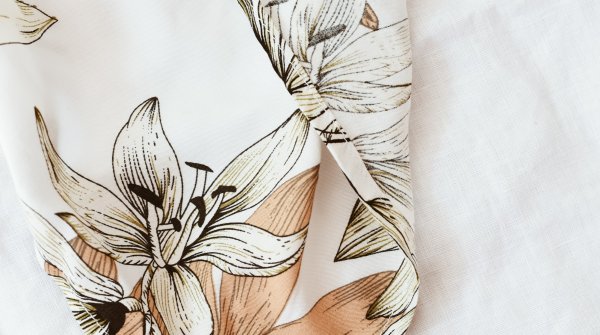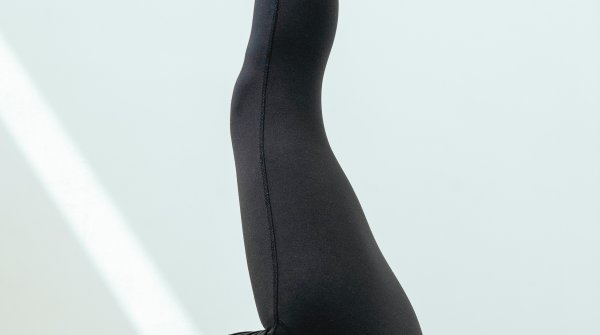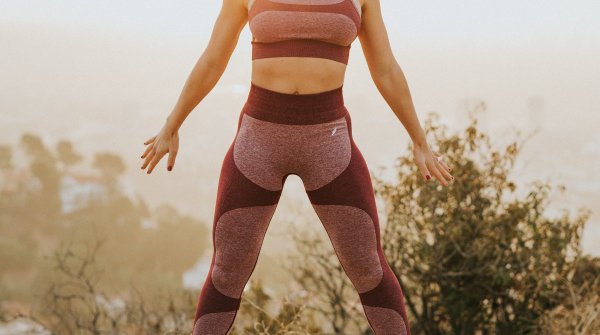The sustainability megatrend: a topic with urgency
While some manufacturers are already leading the way in terms of sustainability or ecologically fair production conditions, others are still struggling. Innovative concepts and fair alternatives are needed! The sports industry and community is challenged to reflect on its behaviour. What is my ecological footprint in terms of sports passion?
Bisphenol A is a chemical used in the production of plastics. It is called a plasticizer because it ensures that the material becomes flexible, pliable and stretchable. Since the 1960s, BPA has been used across all industries, often and willingly, for the manufacture of plastic products because it is very uncomplicated: it is light and dimensionally stable, transparent and can be colored quite easily.
The plasticizer is found in the many plastic products we use in everyday life: food containers, drinking bottles, plastic dishes or cutlery, children's toys and pacifiers. Sports wear made of polyester can also contain bisphenol A.
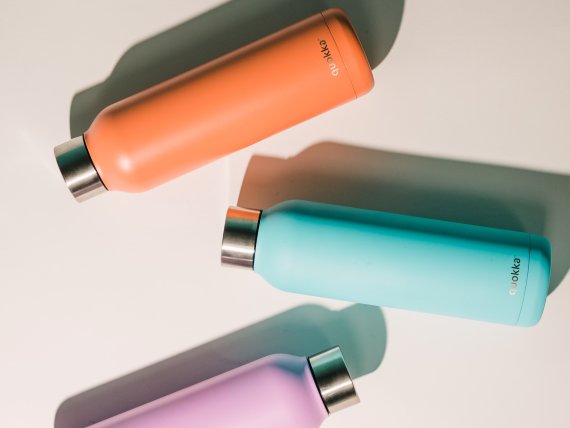
Scientific studies indicate that bisphenol A has hormone-like effects on the body. It has been found that the plasticizer inhibits the physical development of children and upsets the hormonal balance of adults. According to the Federal Environmental Agency, BPA can lead to cardiovascular disease, liver problems and diabetes. And even to an impairment of fertility.
The plasticizer becomes dangerous when its carrier, the plastic, is heated. A plastic bottle that has been left in the sun for hours has most likely released BPA into its contents - drinking from it afterwards is harmful to health. BPA can also be released when you pour hot tea into a plastic bottle. The same goes for food made from plastic packaging or polyester fibers with direct skin contact.
Especially if scratches have formed in the plastic bottle or dishes, the BPA can easily enter the human body through food or water.
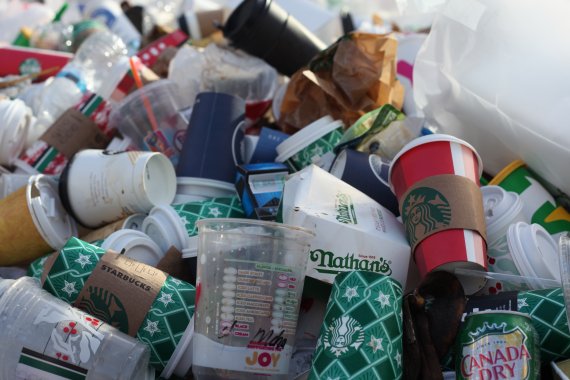
In 2015, the daily limit for BPA was lowered from 50 micrograms to 4 micrograms per kilogram of body weight. This small amount is currently considered safe. Nevertheless, the European Union has listed bisphenol A as a chemical harmful to humans and the environment since 2018.
Due to the alarming study results, the EU banned the manufacture and sale of products containing BPA for babies and toddlers in 2011. Since then, pacifiers and baby bottles in Europe have only been available with the "BPA-free" seal. However, the plasticizer bisphenol A is still present in many other product categories, especially in plastic drinking bottles.
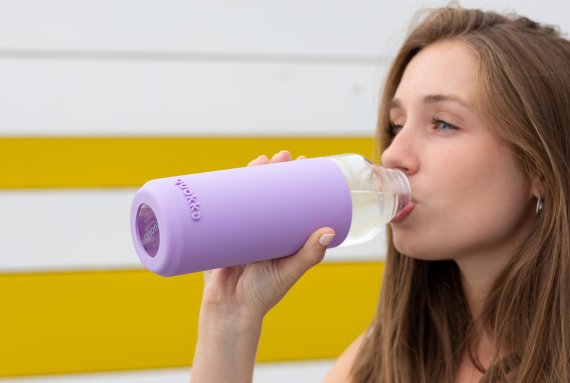
On the uniform label "BPA-free" or "BPA free"you can tell at a glance that a product does not contain the plasticizer, even if it is made of plastic. Or you can choose plastic-free alternatives, such as drinking bottles or food containers made of stainless steel or active and sports wear made of natural fibers.
The chemical substance is used in industrial production for the manufacture of plastics and resins. Especially in the production of polycarbonate (PC), BPA is indispensable. For a time, BPA was even the most widely used chemical in the world. This is because plastics containing BPA are extremely lightweight and dimensionally stable. In addition, they can either be made transparent or colored. The use of BPA has resulted in a cost-effective and incredibly wide range of different options for the industry. But bisphenol has downsides that are becoming more and more apparent.
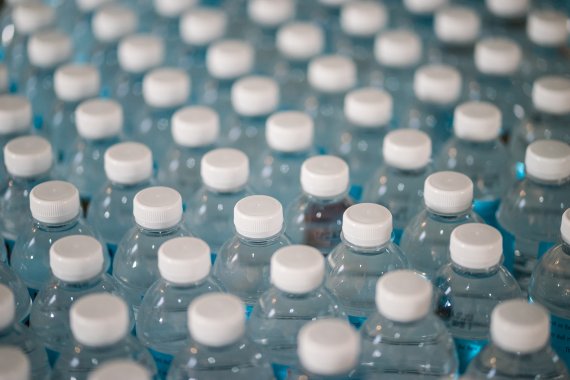
Polycarbonate is used for many everyday items and products in the outdoor sector. These include beverage bottles, food containers or tableware. Likewise, BPA is used for protective coatings on cans or in the manufacture of epoxy resin. BPA has been used for decades in a large number of products made of sturdy hard plastic, for example:
- Baby bottles, pacifiers, changing pads, plastic toys for babies and toddlers.
- plastic packaging in the food trade
- the inner coating of cans or beverage cans
- thermal paper used in receipt printers, for example in supermarkets or for tickets or parking permits
- plastic tableware
- Cardboard and plastic cups
- CDs
In the meantime, there are numerous studies that have looked at the effect of bisphenol A on the human body. It is therefore known that BPA has a hormone-like effect in the human body. The substance is therefore classified as an endocrine disruptor. Other names for it are xenohormones, endocrine disruptors or endocrine disruptors. Endocrine disruptors have an effect on an organism even in minute quantities. In the case of BPA, it mimics the effect of the female sex hormone estrogen in the human body. In animal studies, researchers have been able to demonstrate numerous harmful effects of BPA on the organism. It is now also known that BPA has different effects on men, women and children:
- For example, if men come into contact with too much estrogen, it can negatively affect sperm quality. As a result, fertility may be reduced.
- In children, BPA can inhibit natural development and lead, for example, to brain and heart disorders.
- In women, too, BPA can upset the hormonal balance. The consequence here is also that women become infertile.
- Regardless of gender and age, BPA can trigger enamel defects in the teeth. The enamel defect is also known in medicine as chalking teeth or molar incisor hypomineralization. In this case, the enamel that forms the outer shell of the teeth dissolves. The teeth just crumble away. There is nothing that can be done about it. Chalk teeth can occur in milk teeth, but also in permanent teeth.
- In addition to chalky teeth, bisphenol A can promote diseases of the cardiovascular system. The substance is also suspected of promoting metabolic diseases such as diabetes or liver disease.
Fortunately, industry has now also recognized how harmful BPA can be. Many companies there have rethought their position. As a result, many products are now free of BPA and labeled accordingly.
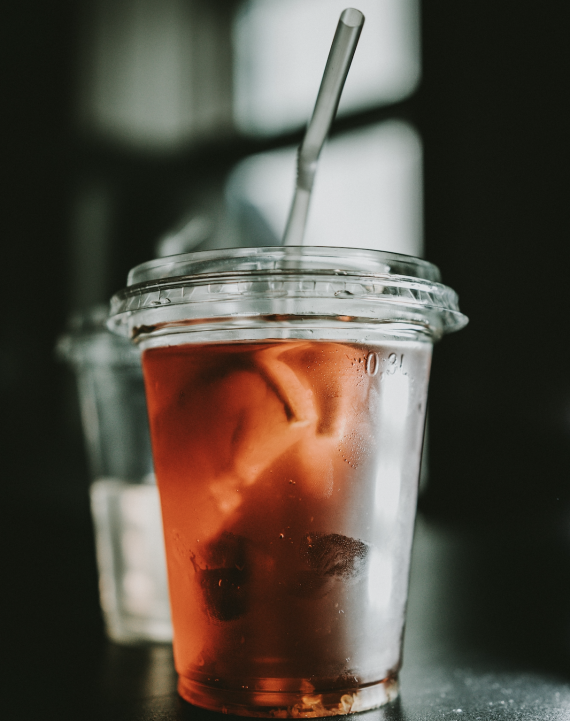
Parents are strongly advised to protect their children from BPA. Trying to completely ban BPA from children's lives is probably impossible. What is possible, however, is to significantly reduce contact with the chemical substance. This already works with simple measures.
Here are some tips:
- Find products that are BPA-free. This is now not as difficult as it once was. Many brands of bottles, sippy cups and other tableware now advertise that they are BPA-free.
- Look for baby food that is BPA-free. Many brands eliminate BPA in the manufacturing of cans and containers.
- Choose plastic-free containers for food. Glass, porcelain or stainless steel containers do not contain BPA.
- Never heat plastic that may contain BPA.
- Throw away any plastic products, such as bottles or drinking cups, that are cracked or chipped. Not only can they contain pathogens, but they can also release BPA more easily from the damage and pass into food.
- Try to avoid canned foods and use fresh or frozen foods instead.
As it is becoming increasingly clear what negative consequences BPA has for health, there are now bans and restrictions in place with regard to bisphenol A:
For the baby bottle sector, BPA was already banned in the European Union in 2011. In this area, you can now find exclusively BPA-free products made of polypropylene or polyamide. In addition, you can simply reach for baby bottles made of glass. Pacifiers are usually made of other materials and do not contain BPA by design. However, it should also be mentioned that the ban on BPA does not apply to baby and children's toys, drinking cups or changing pads
BPA is also now banned in new thermal paper. This is because staff at supermarket checkouts have been found to have elevated levels in their bodies as a result of constant contact with the thermal paper. However, thermal paper already sold with BPA may continue to be used.
In 2015, the European Food Safety Authority (EFSA) lowered the limit value for BPA. While a value of 50 micrograms per kg body weight per day used to apply, it is now only 4 micrograms.
Since the beginning of 2018, BPA has also been on the list of candidates for the European Chemicals Regulation REACH. This list includes substances that can harm human health and the environment.
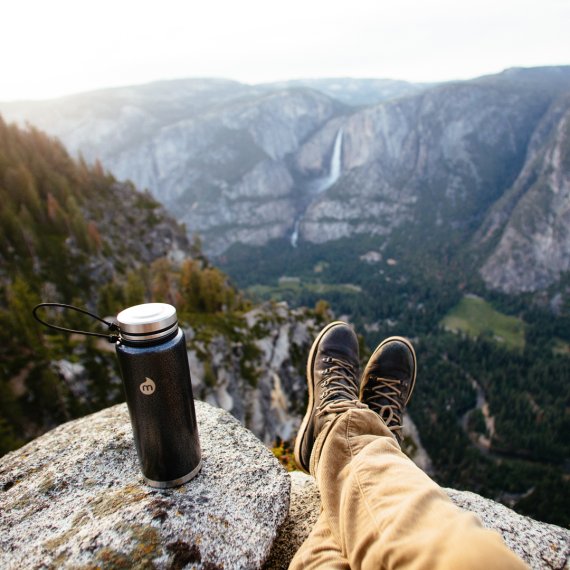
As far as outdoor products are concerned, it is mainly plastic drinking bottles, food containers or plastic tableware that can contain BPA. Fortunately, there are many products that no longer contain BPA. These are usually labeled "BPA free." Products from the following manufacturers are made without adding BPA:
- Plastic drinking bottles from Nalgene are made from Tritan.
- Products from GSI are made from BPA-free plastic and aluminum
- Klean Kanteen makes its bottles from stainless steel
- Wildo's convenient modular boxes are also free of BPA
Many other manufacturers such as Salewa, Vaude, Dynafit or Maloja have also banned BPA from their water bottles, hydration bladders and drinking containers. You can now choose from a wide range of BPA-free products.
The exact effects of BPA on the body have not yet been conclusively clarified. There are still differing assessments among experts worldwide on the risk assessment of BPA. Therefore, it is best to avoid BPA. When buying drinking bottles, drinking bladders or plastic tableware, look for the label "BPA free". Or, it's best to use products that are not made of plastic. Drinking bottles and eating utensils are also available in stainless steel.
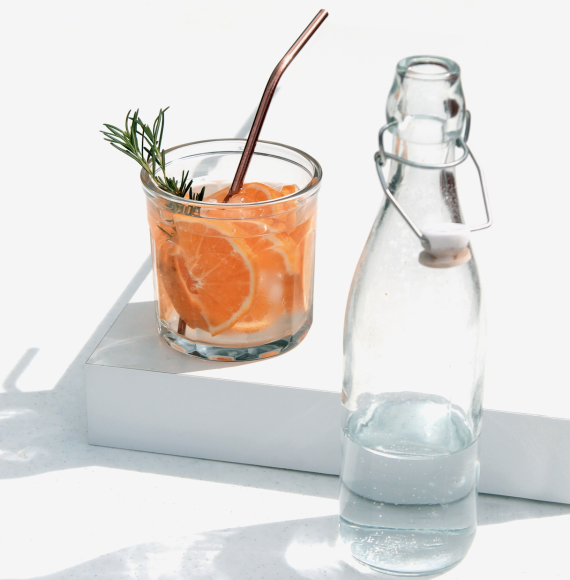
Since BPA is always associated with plastic, replacing such products is always sustainable. This is because plastic is based on petroleum and therefore a finite raw material. It is better to use other materials such as glass or stainless steel for your reusable packaging. These materials are also more hygienic and easy to clean. If you use glass, make sure you use a protective cover. This will prevent the glass from breaking on the way.
One thing is clear: BPA is a dangerous substance that you should avoid as much as possible in your everyday life. The "BPA"-free label helps you when buying drinking bottles, plastic containers and plastic tableware, and it's even easier if you go straight for plastic-free alternatives. These are often more durable, sustainable and hygienic anyway.
What exactly is BPA?
Bisphenol A is a chemical used in plastics to make them flexible and durable. Widely used since the 1960s, it's favored for its versatility in various industries.
Where does BPA occur?
BPA is present in plastic items like food containers, bottles, and even sports wear made of polyester.
Is BPA harmful?
Yes, BPA has hormone-like effects and can lead to health issues like cardiovascular disease, liver problems, and hormonal imbalance.
How can BPA get into the body?
BPA can leach into food or beverages when plastic products are heated, especially in direct sunlight or when containing hot substances.
What does BPA-free mean?
Products labeled "BPA-free" don't contain bisphenol A, offering a safer alternative, especially for items in direct contact with food or beverages.
Why is BPA used despite its risks?
BPA is favored for its cost-effectiveness, lightweight, and stability in manufacturing, despite its known downsides.
What are BPA-free alternatives?
Opt for products made from stainless steel or natural fibers to avoid BPA exposure.
How can children be protected from BPA?
Choose BPA-free products for children, avoid heating plastic, and opt for fresh or frozen foods over canned ones.
Are there bans on BPA?
Yes, there are restrictions in place, especially concerning baby products and thermal paper. The EU has also set limits on BPA levels.
How can BPA be avoided in outdoor products?
Look for products labeled "BPA-free" or choose from brands offering alternatives like stainless steel or BPA-free plastics.
- ISPO awards
- Mountain sports
- Bike
- Design
- Retail
- Fitness
- Health
- ISPO Job Market
- ISPO Munich
- ISPO Shanghai
- Running
- Brands
- Sustainability
- Olympia
- OutDoor
- Promotion
- Sports Business
- ISPO Textrends
- Triathlon
- Water sports
- Winter sports
- eSports
- SportsTech
- OutDoor by ISPO
- Heroes
- Transformation
- Sport Fashion
- Urban Culture
- Challenges of a CEO
- Trade fairs
- Sports
- Find the Balance
- Product reviews
- Newsletter Exclusive Area
- Magazine
